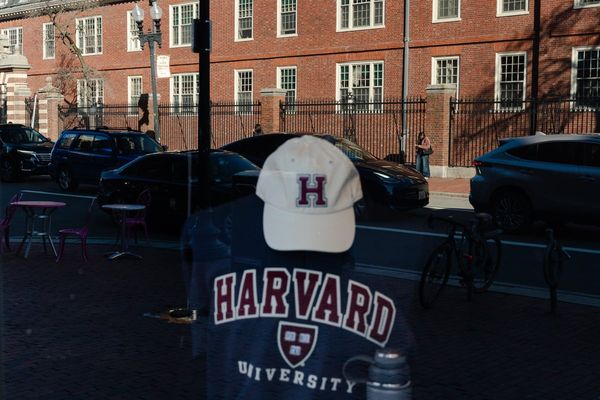
Nobody knows when the federal election will be (not even Anthony Albanese, I suspect; he might have thoughts, but he will also be ready to move should events dictate). But everyone knows what the election will be fought about – cost of living.
Got a new infrastructure proposal? Great, link it to the cost of living.
Healthcare policy? Great, but make sure you also get in a line about cost pressures and cost-of-living relief from cheaper medicines.
Education? Try free Tafe and less Hecs debt – but this is all really about the cost of living (which doesn’t mean they are bad policies).
Defence? Errr … can we say how nuclear submarines we may never get will help our cost of living? (Hah, no, we can’t even convincingly explain how it will help our defence.)
The level of jobseeker payments? Ahh, sorry, we’re only concerned with the cost of living, not the cost of living in poverty.
So, it is good that Wednesday saw the release of the quarterly living costs data as it gives us a sense of where things are at.
Always remember, “inflation”, as measured by the consumer price index (CPI), does not measure the cost of living. Yes, there is a lot of overlap, but there are two key differences: the CPI is an average of all households in Australia, and it counts the cost of building a new home.
Building a new home is generally not something that matters to too many of us, and it sure as heck is not a cost of living.
So, the ABS’s “living cost indexes” divide households up into groups – because being a family with someone in work, with kids at school etc has a lot of different costs compared with, say, an aged pensioner or that “self-funded” (through tax breaks) retiree.
The living costs measure also doesn’t count the cost of building a home; instead it counts the cost of repaying a mortgage. And that makes all the difference right now.
If the graph does not display click here
The government is struggling to talk up the fact that inflation is well and truly under control. CPI rose just 2.4% on the past year. That’s right in the Goldilocks zone.
But that ignores that people don’t care too much about annual growth of prices – they care about how much prices have gone up by.
If the price of something goes up 7.5% in one year, then 3.3% in the following and is now rising at 3.0%, people will not care too much about the 3.0% because they still feel the impact of the 7.5% – and that, overall, prices over that time have gone up 12%.
This is why the opposition on Tuesday asked the prime minister how much the cost of food has risen since he took office (12%). But Albanese was also right to point out that when Labor was elected food prices were rising at 5.9% a year and are now rising just 3.0%.
So he is right, but will it convince anyone? Especially when the cost of living for employees’ households didn’t rise 2.4% or 3.0% in the past year, but 4.0%.
If the graph does not display click here
The good news is that all household types are seeing the cost of living go up slower now than in September last year, and much slower than a year ago.
But the big issue is mortgage repayments, which rose 14.7% in the past year.
That is less than the 18.9% rise in the year to September last year, and miles less than the 91.6% rise in the year to June 2023. But it highlights just how big of an issue rate rises are – and why talking about inflation will not cut through while the cash rate remains at 4.35%.
If the graph does not display click here
So great is the impact of interest rate rises that, since June 2022, mortgage repayments have accounted for nearly half of the total increase in the cost of living for employee households:
If the graph does not display click here
So yes, economists and politicians can talk about inflation falling all we like. But until the Reserve Bank starts cutting rates, I doubt anyone will care to listen.
The good news for those of us lucky enough to have a mortgage – and for the government’s chances of re-election – is investors currently are essentially 95% sure the RBA will cut rates in two weeks:
If the graph does not display click here
The market is even pricing in three rate cuts by August.
That will be too late to affect the election – but it will certainly affect how people feel about the cost of living.
Greg Jericho is a Guardian columnist and chief economist at the Australia Institute and the Centre for Future Work







